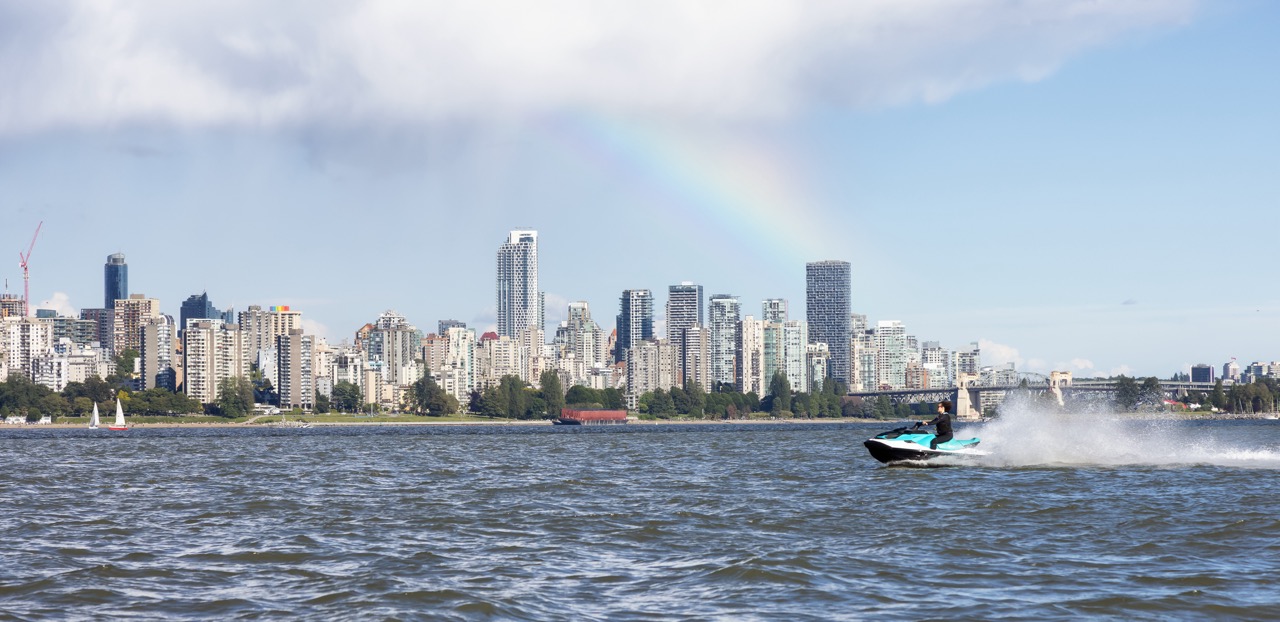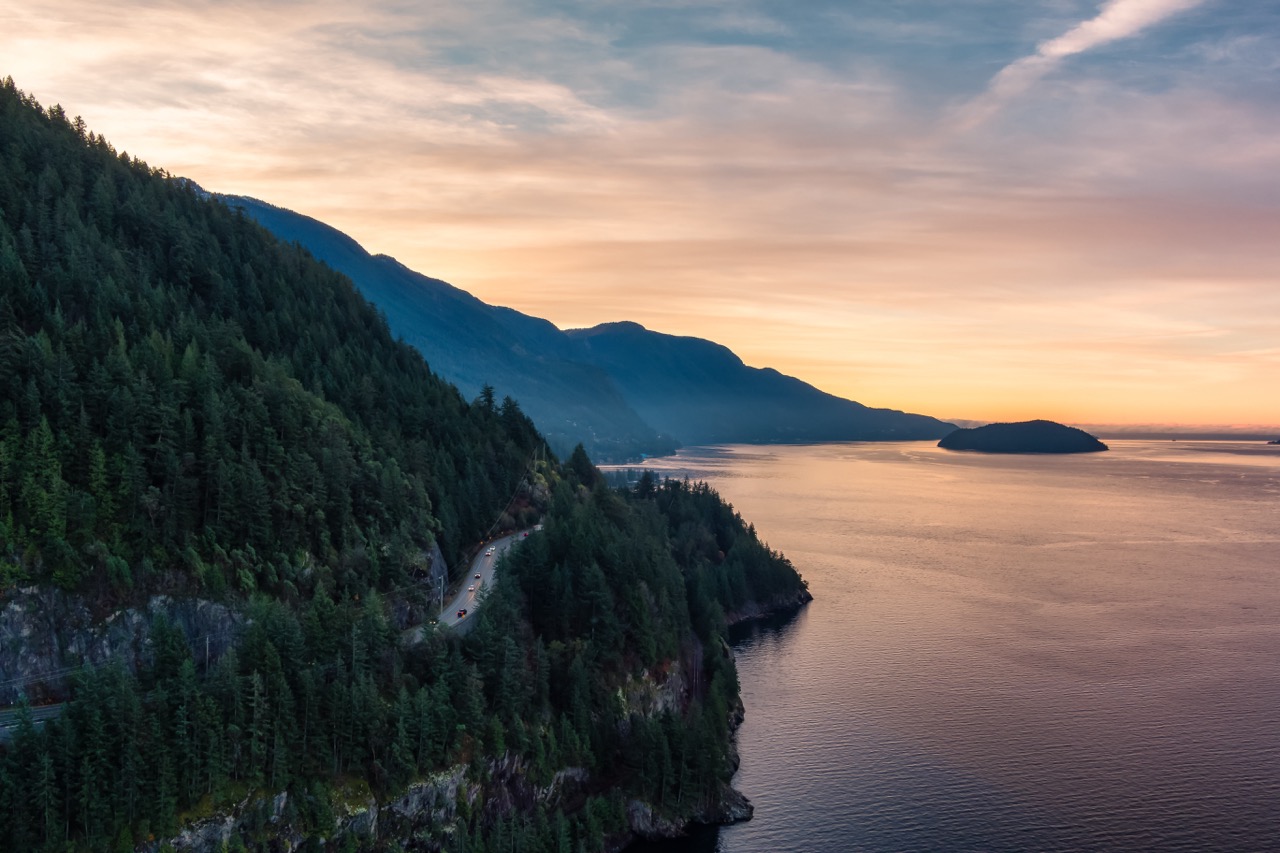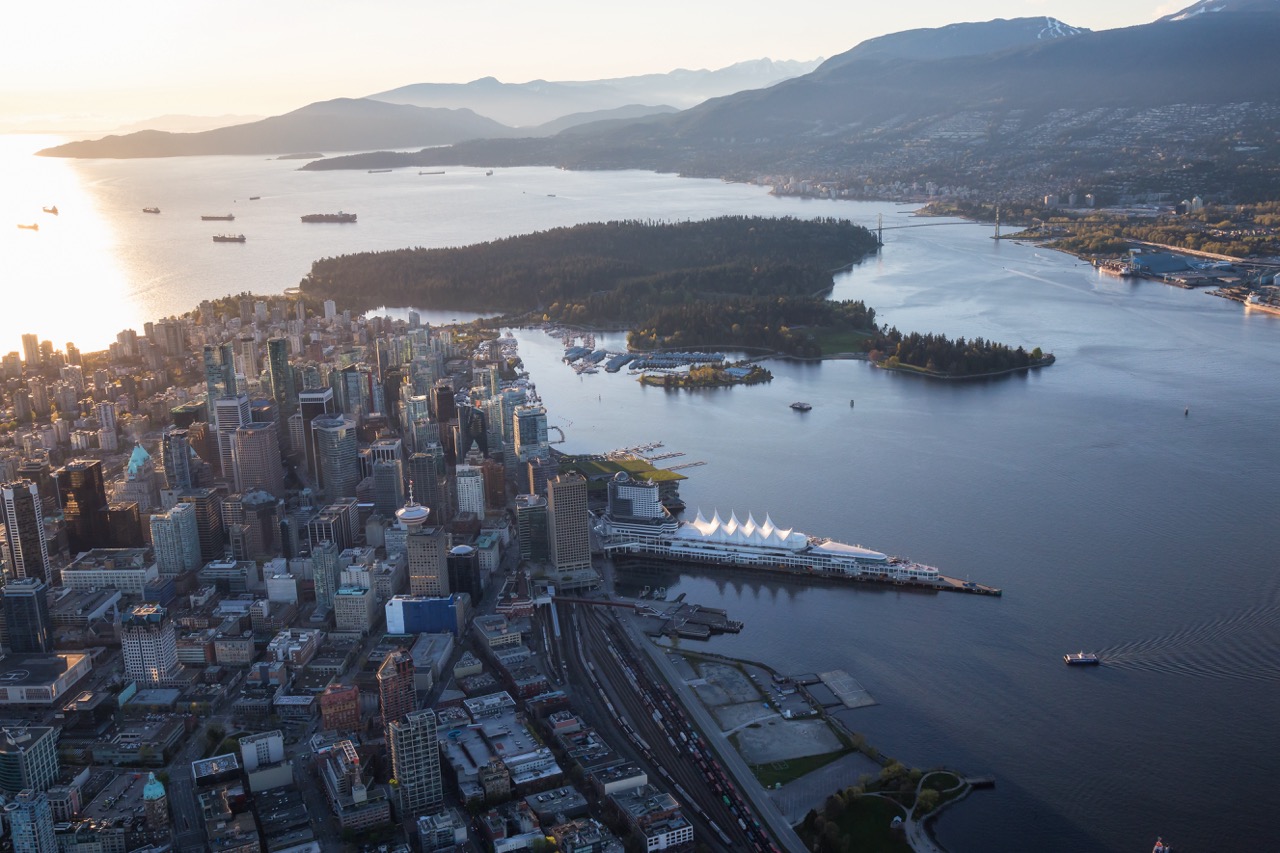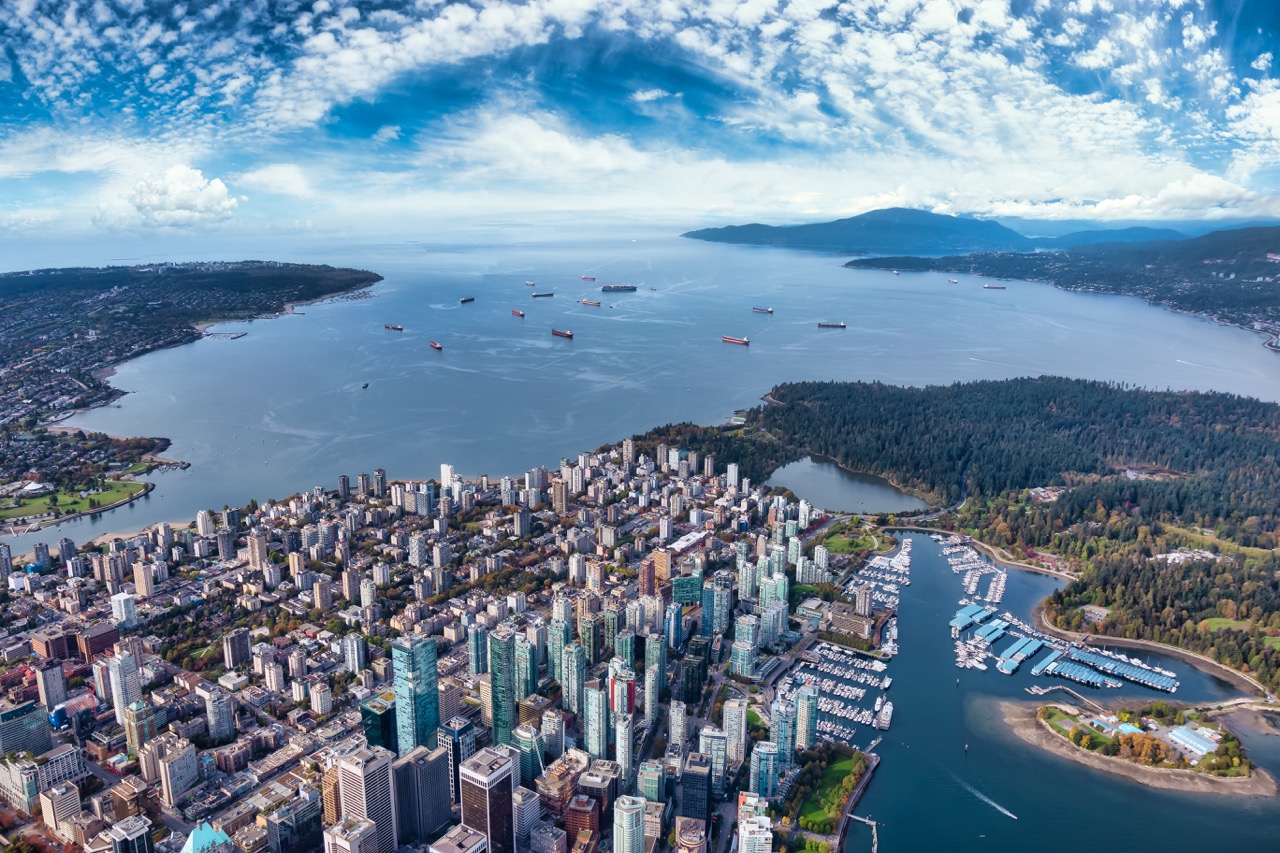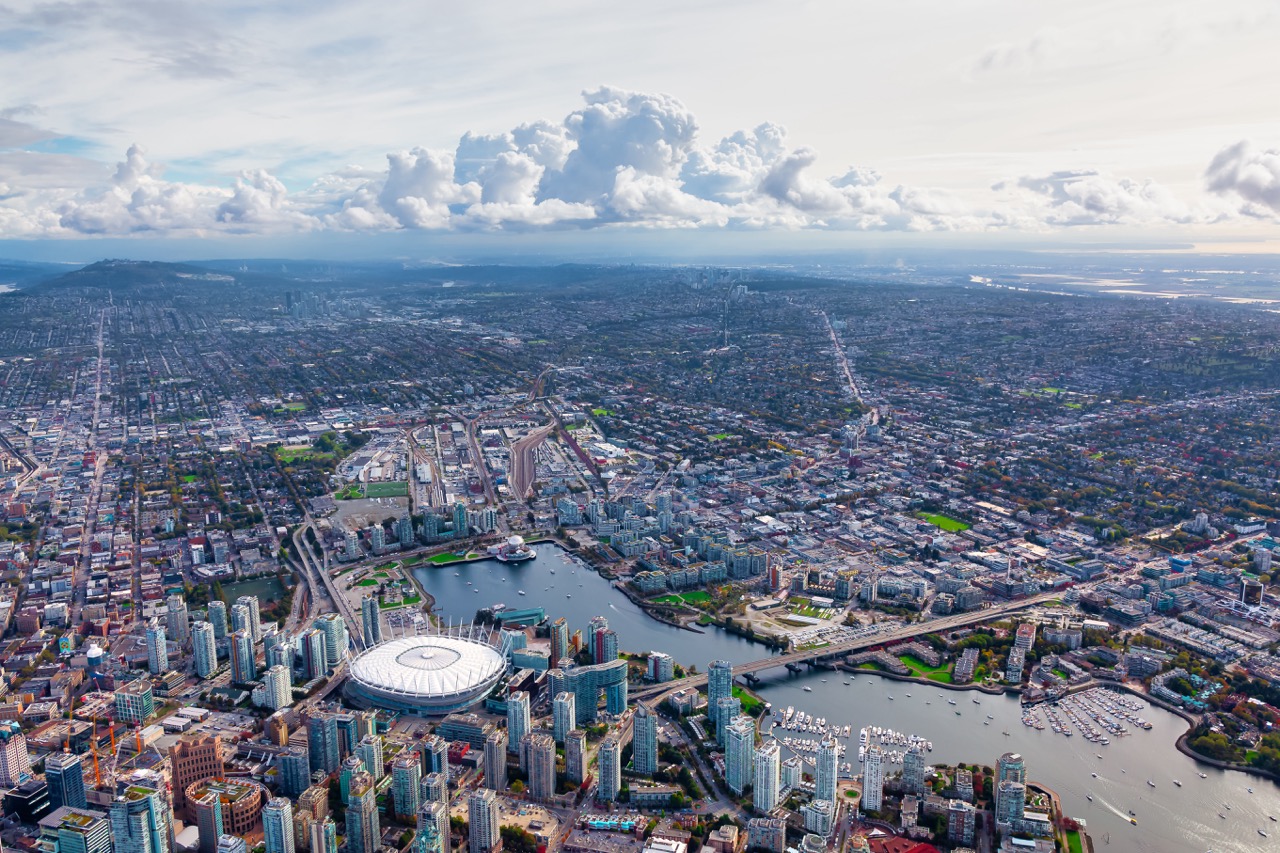British Columbia (BC), Canada, is known for its breathtaking landscapes and rich heritage, which includes a significant chapter in its history known as the Gold Rush. The Gold Rush Trail, stretching from the Fraser River to the interior of the province, was a vital route during the mid-19th century when thousands flocked to the region in search of fortune. This article explores the historical significance of the Gold Rush Trail, highlights key locations and attractions, assesses its economic impact, considers Indigenous perspectives, evaluates environmental effects, and offers tips for planning a visit.
Understanding the Historical Significance of BC’s Gold Rush Trail
The Gold Rush Trail played a crucial role in shaping British Columbia’s development during the 1850s and 1860s. Initially sparked by the discovery of gold in the Fraser River, the influx of prospectors and settlers led to a rapid population increase and the establishment of towns and infrastructure. The trail became a conduit for thousands of hopeful miners and their families, facilitating not just gold extraction but also the growth of commerce and services that catered to these newcomers.
The significance of the trail extends beyond economic development; it also transformed the social fabric of the region. The diverse backgrounds of the miners, including European settlers and those from Asia, contributed to a multicultural environment. This melting pot of cultures influenced local customs, food, and community structures, leaving an enduring legacy in BC’s societal landscape. Historical narratives reflect a mixture of opportunity, hardship, and resilience, encapsulating the spirit of those who ventured into the unknown.
Moreover, the Gold Rush Trail marks a critical moment in Canadian history, leading to the eventual establishment of British Columbia as a province in 1871. The events surrounding the Gold Rush, including the influx of settlers and the subsequent treaties with Indigenous peoples, helped shape the political landscape of the region. Understanding this historical context is essential for appreciating BC’s modern identity and the tensions that still exist around land use and rights.
Key Locations and Attractions Along the Gold Rush Trail
Traveling along the Gold Rush Trail offers a variety of attractions that illuminate the experiences of those who participated in the historic rush. Starting from the Fraser River, visitors can explore the city of Yale, once the bustling hub of gold seekers, where remnants of the past, such as the Yale Historic Site, offer insights into the challenges faced by miners. The Old Yale Road is another noteworthy remnant, allowing travelers to walk the same paths as the prospectors.
Continuing along the trail, Barkerville, a restored gold rush town, stands as a testament to the era. Visitors can engage with costumed interpreters, explore historical buildings, and participate in gold panning experiences. This living history site allows for an immersive understanding of the Gold Rush period, making it a highlight for many who travel the trail. The local museum also provides a comprehensive overview of gold mining techniques and the broader historical context.
Another key location is the Cariboo Gold Fields, which were discovered shortly after the Fraser River rush. The historic town of Wells, known for its gold mining past, offers hiking trails and outdoor activities that showcase the region’s natural beauty. The Gold Rush Trail is dotted with modern-day attractions such as interpretive centers and guided tours, ensuring that visitors not only learn about the historical significance but also enjoy the stunning landscapes that characterize this part of British Columbia.
Evaluating the Economic Impact of the Gold Rush Era
The Gold Rush had a profound economic impact on British Columbia, acting as a catalyst for growth and development. The influx of miners and settlers spurred the establishment of businesses, ranging from general stores to saloons, creating a local economy that thrived on the needs of the gold seekers. This boom not only provided immediate employment opportunities but also laid the foundation for future economic activities in agriculture, forestry, and tourism.
In a broader context, the wealth generated during the Gold Rush contributed to the infrastructure development of the region. The necessity for transportation and communication networks led to the construction of roads, railways, and telegraph lines. These advancements not only facilitated the movement of goods and people during the Gold Rush itself but also set the stage for sustainable economic growth in the years that followed. The legacy of these developments remains evident in BC’s transportation and trade systems today.
However, it is important to recognize that the wealth generated from the Gold Rush was not evenly distributed. Many Indigenous communities and settlers experienced displacement and marginalization as a result of the gold fever. The long-term economic disparities that arose from this era have had lasting implications, and understanding these dynamics is crucial for evaluating the overall impact of the Gold Rush on British Columbia’s economy.
Cultural Heritage: Indigenous Perspectives on the Gold Rush
The Gold Rush Trail is not only a narrative of settlers and miners but also a critical chapter in the history of Indigenous peoples in British Columbia. The arrival of thousands of prospectors significantly disrupted traditional lifestyles and territorial claims. Indigenous communities often found themselves facing encroachment on their lands, resulting in conflicts and a struggle to maintain their cultural practices in the face of rapid change.
Indigenous perspectives on the Gold Rush highlight the resilience of these communities and their adaptation to changing circumstances. Some Indigenous groups engaged with miners and settlers through trade and strategic alliances, attempting to navigate the new socio-economic landscape. However, many others resisted encroachment and fought to protect their lands and resources, leading to complex relationships that continue to influence Indigenous and settler dynamics today.
The incorporation of Indigenous narratives into the history of the Gold Rush Trail is essential for a comprehensive understanding of the era. Acknowledging these perspectives sheds light on the lasting impact of colonization and the ongoing efforts for reconciliation in British Columbia. Visitors exploring the Gold Rush Trail are encouraged to engage with Indigenous voices and learn about their histories, as these stories are integral to the region’s cultural heritage.
Assessing the Environmental Effects of Gold Mining Activities
The environmental impact of the Gold Rush era has been profound and enduring. Gold mining activities, particularly through methods such as hydraulic mining, led to significant alterations in landscapes and ecosystems. Rivers were diverted, hillsides were eroded, and sedimentation increased in water bodies, resulting in ecological damage that can still be observed today. These actions disrupted local flora and fauna, causing shifts in biodiversity that have had long-lasting consequences.
Moreover, the use of mercury and other toxic substances in the gold extraction process has left a legacy of pollution. Waterways were contaminated, affecting not only the environment but also the health of local communities, both Indigenous and settler. The repercussions of these practices necessitated a long and challenging recovery process, as ecosystems struggled to regenerate and communities sought to restore their water sources.
Reflecting on the environmental effects of the Gold Rush is crucial for contemporary discussions about sustainable practices in resource extraction. The lessons learned from the past can inform current mining operations and policies aimed at mitigating environmental harm. As visitors travel the Gold Rush Trail, an awareness of these issues enhances their understanding of the complexities surrounding historical and modern mining activities in British Columbia.
Planning Your Journey: Tips for Exploring the Gold Rush Trail
For those eager to explore BC’s Gold Rush Trail, careful planning can enhance the experience significantly. First and foremost, consider the timing of your visit. The optimal months for travel are generally from late spring to early fall when weather conditions are most favorable for outdoor activities and attractions are fully operational. Be sure to check local festivals or reenactments that celebrate the Gold Rush history, as these events can provide enriching experiences.
It’s also advisable to research the various towns and sites along the trail. Each location offers unique insights into the Gold Rush era, and understanding their historical significance can enhance your journey. Incorporating a mix of activities, such as gold panning, guided tours, and museum visits, can provide a more comprehensive understanding of the Gold Rush’s impact on British Columbia.
Finally, be prepared for outdoor conditions, as the trail passes through rugged and beautiful landscapes. Adequate clothing, sturdy footwear, and a sense of adventure are essential. Additionally, consider supporting local businesses along the trail, as they contribute to the preservation of this rich history. Engaging with local guides and historians can provide deeper insights into the stories and experiences that shaped the Gold Rush Trail.
Exploring BC’s Gold Rush Trail offers a multifaceted journey through history, culture, and the natural environment. The trail not only highlights the pursuit of gold and its economic ramifications but also brings to light the stories of Indigenous peoples and the lasting impacts of mining activities. As travelers embark on this historical adventure, they can appreciate the complexities surrounding the Gold Rush and its enduring legacy in shaping British Columbia’s identity.

